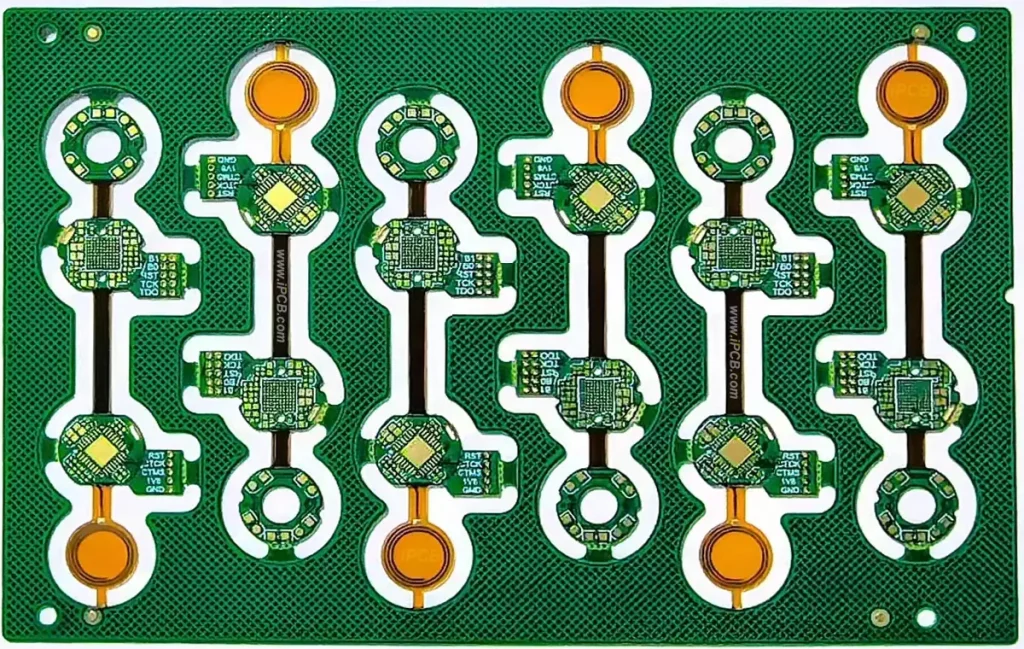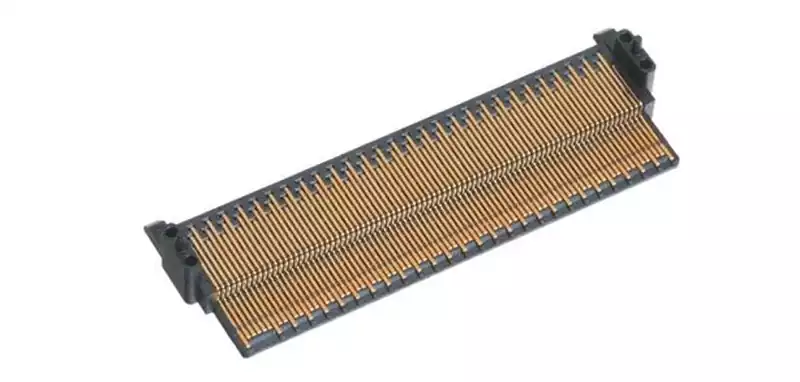Battery on pcb is battery devices that are mounted on circuit boards to provide electrical support for electronic components, chips, etc. on the circuit boards.
Battery on pcb is usually selected based on size, voltage and capacity requirements, and the following are the 5 most common types:
- Coin Cell Batteries
- Voltage: 1.5V (e.g. CR2032), 3V (e.g. CR2025)
- Characteristics: Small size and light weight, suitable for low power consumption devices (e.g. motherboard CMOS, electronic watch).
- Lifespan: typical capacity of CR2032 is about 220mAh, which can power the RTC clock for 2-3 years.
- lithium battery
- Voltage: 3.7V (single cell), 7.4V (two cells in series)
- Characteristics: High energy density, support charge/discharge cycles (e.g. 18650 battery), widely used in smart hardware and mobile devices.
- Nickel-metal hydride batteries (Ni-MH)
- Voltage: 1.2V/cell
- Characteristics: environmentally friendly and rechargeable, but there is a memory effect, mostly used in toys and low-power sensors.
- alkaline battery
- Voltage: 1.5V/cell (e.g. AA/AAA type)
- Characteristics: Single-use, low cost, suitable for remote control and other intermittent power supply scenarios.
- Supercapacitor
- Voltage: 2.7V-5.5V
- Characteristics: Fast charging and discharging, used for short-term backup power (e.g. data saving).

The Role of Battery on pcb
- Provide Stable Power
The primary role of battery on pcb is to provide a stable power source. The stability of the power supply is critical in the operation of electronic equipment. Batteries are able to store electrical energy and continuously and steadily output current when needed to ensure the normal operation of various components on the circuit board. In addition, the battery can also provide instantaneous high current when the device starts to meet the start-up needs of the device. - Ensure no data loss
For many electronic devices, data security is critical. For example, in computers, smart phones and other devices, the role of the battery is not only to provide power, but also to ensure that when the device is switched off or power failure, the data in the memory will not be lost. Batteries are able to continue to provide short bursts of power to critical components such as memory after a device has lost power, ensuring that data is kept securely or transferred to a storage device. - Maintaining the normal operation of the circuit board
The battery can also play a role in maintaining the normal operation of the circuit board in some special circumstances, such as sudden interruptions or large fluctuations in the external power supply of the device. It can provide power for the board in a short period of time to ensure that the device will not be damaged by power failure before the external power supply is restored. This protection is particularly important for critical equipment that requires continuous and stable operation.
How to choose a battery on pcb
- Battery brands
When choosing a circuit board battery, you should choose a battery with a high reputation and a regular brand. This will not only ensure the quality of the battery, but also reduce the use of the process of safety hazards. - Battery capacity
The capacity of the battery indicates the time it can continue to supply power, generally in milliampere hours (mAh) as a unit. Usually, the electronic components on the circuit board consume a relatively small amount of electricity, so when choosing a battery, you can choose a smaller capacity battery, such as 3000mAh below the battery is sufficient to meet the requirements. - Battery voltage
Battery voltage refers to the voltage of the battery single output. Different types of batteries have different voltages, and the voltage of the same battery is different in different stages of use. Therefore, when shopping for batteries, you should try to choose a battery that matches the voltage required by the circuit board.
Battery on pcb as an important power supply guarantee, not only to ensure the stable operation of electronic components, but also to protect the safety of critical data, especially in the external power supply abnormalities play a key role. Reasonable selection of battery type, brand, and capacity and voltage parameters, is to ensure the performance of the circuit board and the basis of equipment reliability. With the continuous development of electronic equipment, the demand for efficient and stable batteries is also increasing, the correct battery selection will provide strong support for the long-term stable operation of embedded systems and intelligent hardware.



